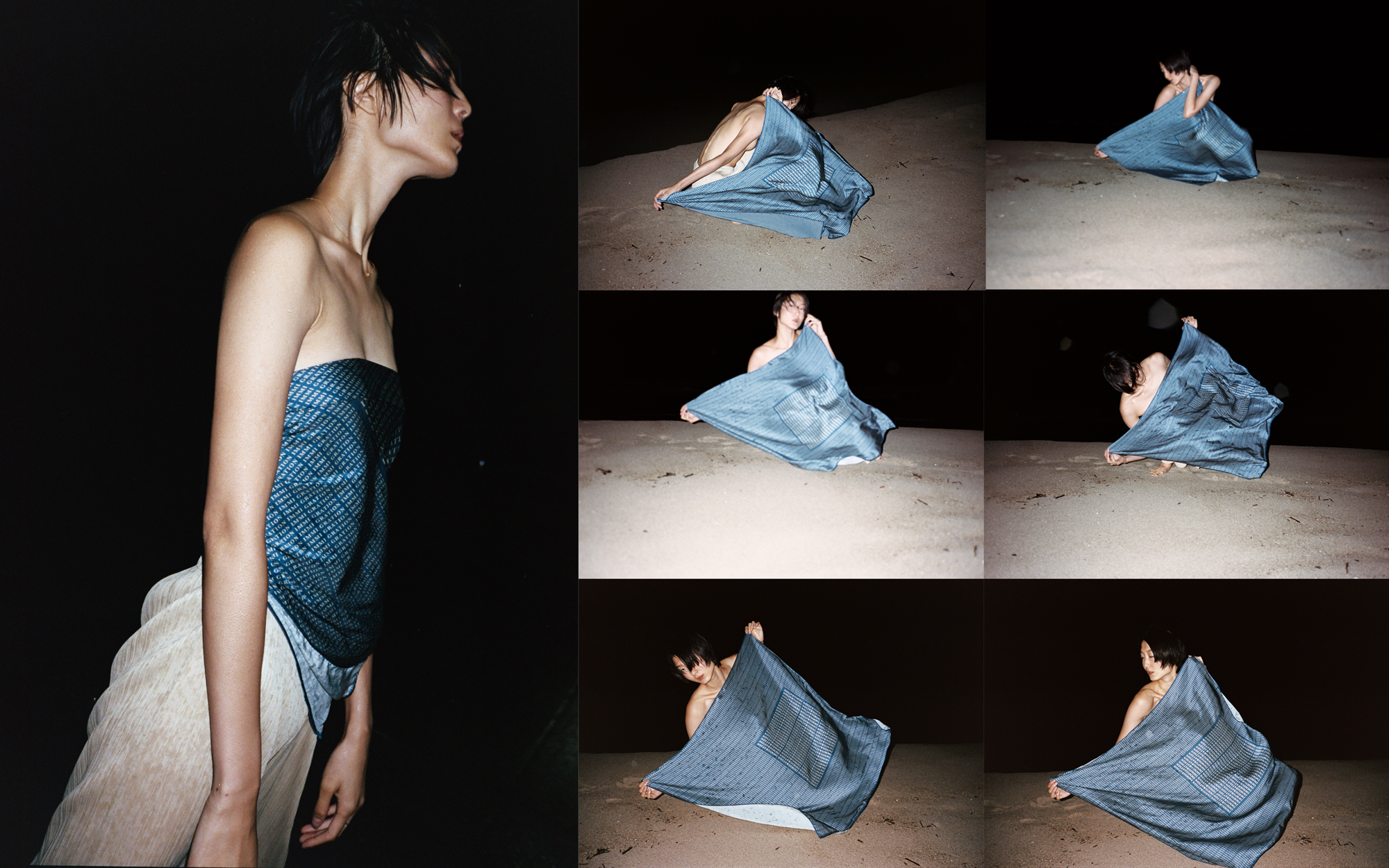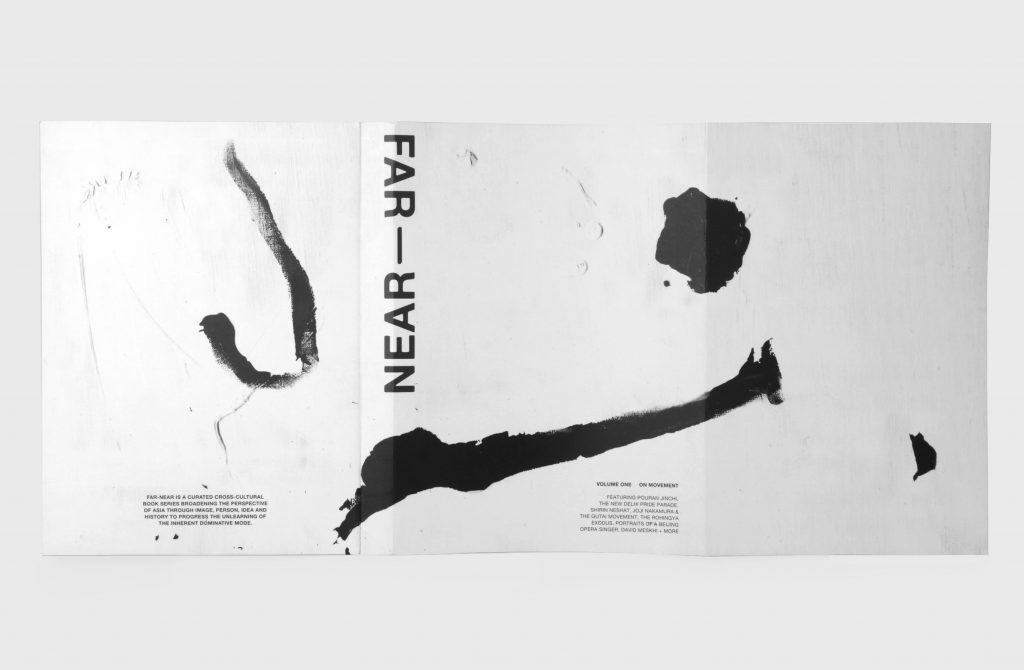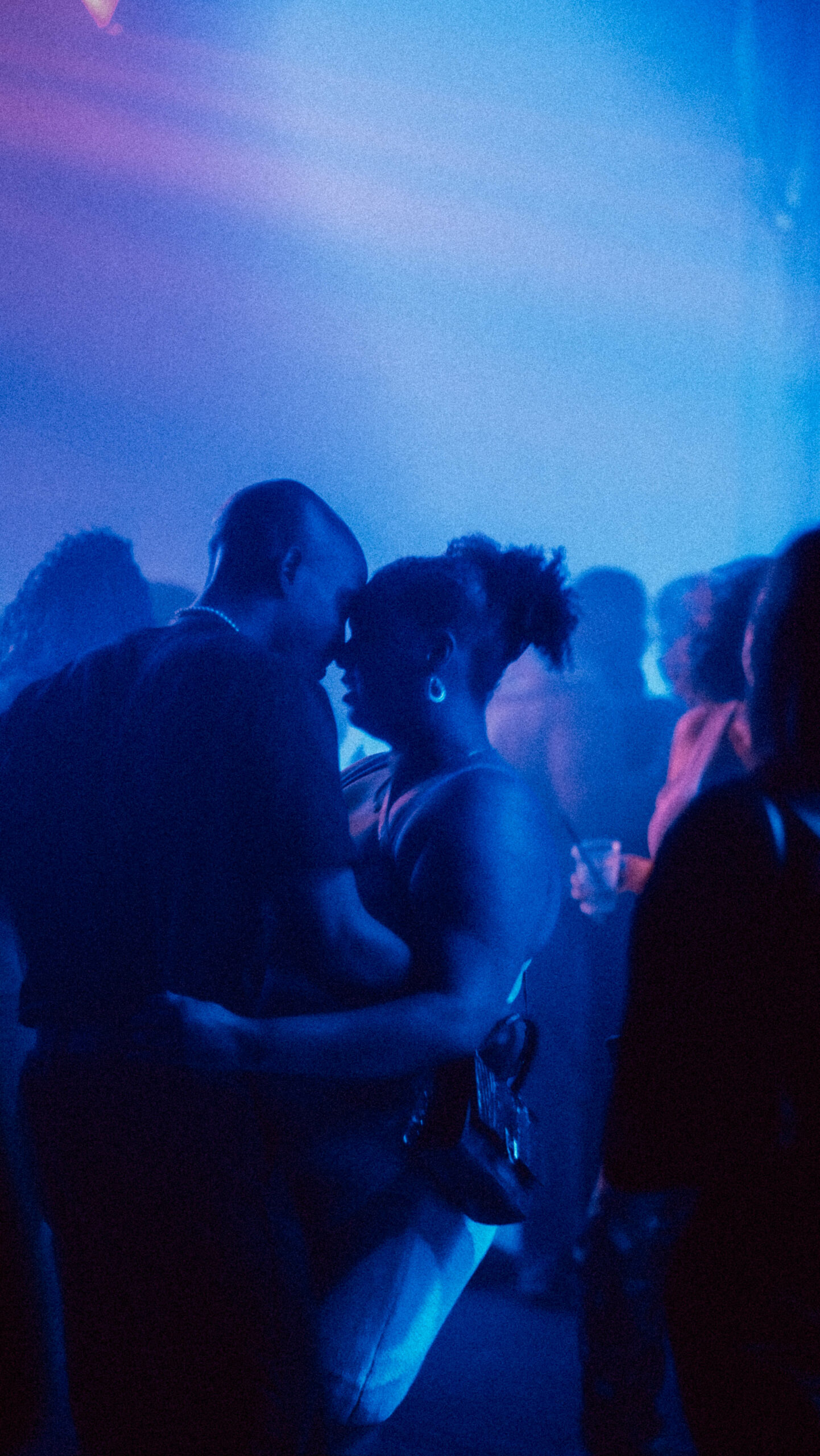
An ode to the vignettes punctuating everyday life in Hong Kong, snapshots of colour at New Delhi Pride, a family’s experience of war in Laos told through personal ephemera — we can find all this and so much more in FAR-NEAR’s On Movement, the first volume of a new book series dedicated to telling Asian stories across languages, mediums, and everywhere on the continent from Japan to Tajikistan.
Part of the challenge FAR-NEAR presents us with is the very conception of what we might consider the Asian continent, right from its very name. This is exactly what the book’s creator Lulu Yao Gioiello sought to present. “I definitely wanted to include and question what ‘Asian’ really means. How far do these boundaries really go, as a continent? I tried to push what you might instinctively include as ‘Asia,’ by including Georgia and Russia too,” Gioiello tells gal-dem via phone, the hum of New York traffic buzzing in the background.
The attention to detail in a Beijing opera is caught on film by Dorothy Sing Zhang, a daughter shadowing her mother’s preparations for the stage. Stills from a music feature are almost reminiscent of Wong Kar-wai’s rich, primary colour aesthetic, and a sleek fashion editorial takes inspiration from the unlikely source of Japanese Passport Control uniforms. Yet these are paired alongside a photo story from Alexander Anufriev’s modern Russia, accented with Putin crockery close-ups and gold grills, while Iranian filmmaker Shirin Neshat portrays the strength of women defying the law of forced hijab in the country. “It was so interesting to hear from these creators and see if they identified as being Asian as well — they have not even questioned this sense of Asian identity and can identify the influence very strongly in their own countries.”
It wouldn’t be quite accurate to call this project a “labour” of love for Gioiello; she speaks with ease and humility as to its conception and its execution, which took around eight months in total. Growing up with her father in New York and her mother based in Taiwan, Gioiello’s curiousity with culture started at a young age.
“My father in New York really gave me an open mind, but at the same time, I didn’t have a connection to my Asian side, even though I physically identify as that,” she says. “That drove me to explore what Asian identity is, and how you deal with it where you’re living. Not just in the sense of being Asian-American, but how it feels to be Asian in Asia, how you deal with the western-dominant idea of beauty and success and all that stuff. Especially if you’re in a creative field because you are going against European perspectives when you’re trying to represent yourself and your work.”
As an art director in the fashion and advertising world, Gioiello has carved her career out of creativity. I ask her about how that influenced the conception of FAR-NEAR, and she pauses for a moment. Prefacing that, of course, she doesn’t speak for all Asian people, she says, “I felt that a lot of really talented Asian people sometimes have a tendency to cater to a western audience and will not necessarily always be able to express themselves completely and honesty. In the process, it came from those things — in a way, I’m like an insider-outsider.”
I definitely can empathise with that feeling. As a Malaysian-British Londoner now living in Hong Kong, my own existence is an amalgamation of identities, and my sense of belonging now is more fluid than ever. This fluidity also plays into the notion of the first volume’s theme of movement. “Focussing on movement means immigration, it means a political movement, an art movement, body gestures — it creates a conceptual boundary that draws everything together,” Gioiello says.
One of the ways FAR-NEAR ties these ideas together is through the photographs of a performance of Les Noces from a dance company in Taiwan, choreographed by Gioiello’s mother Yao Shu Fen. The blends of eastern and western influences combined in the Stravinsky score and the distinctively Taiwanese presentation depicts an energy and a certain kind of ethereal movement.
That same notion of movement is malleable, and particularly apt given the current global political climate surrounding mass movement of people across borders. A family conversation over what was left behind in North Korea before the war illustrates the grief over a life that could have been lived. An exploration of language reveals the differences between those who are pushed from their homeland in despair and those who are pulled to a new one with dreams of hope and ambition. “The idea is for each volume to focus on this abstract topic,” says Gioiello, “so that it can encompass all these different things while still feeling cohesive.” Indeed, the next volume of FAR-NEAR is entitled On Taste-Distaste, and of course will feature more than food.
That same notion of movement is malleable, and particularly apt given the current global political climate surrounding mass movement of people across borders
The striking thing about FAR-NEAR is its unique perspective and presentation of Asia, with all its facets, diversity and vibrancy. “I feel like at times, there is an exoticism about Asia,” I nod in agreement as Gioiello reflects. “There is so much art and photography out there about Asia that is really beautiful, but it comes from a European fantasy while someone might be temporarily travelling the continent.”
Here, Gioiello references Edward Said’s 1978 Orientalism, encapsulating so perfectly this feeling of white, western obsession with and fetishisation of the so-called “Orient.” “There’s a perception that Asian lives are beautiful or quiet. You’re viewed as this idealized person, yet unable to express it on your own. It feels one dimensional when you think of Asian identity right now.” With FAR-NEAR, those dimensions are multiplied in more unexpected ways than we might imagine.













